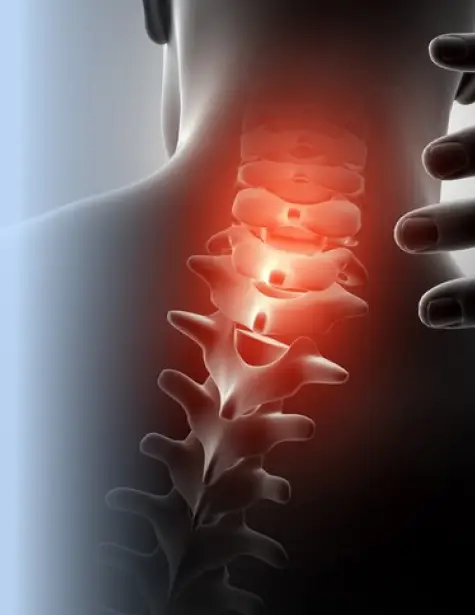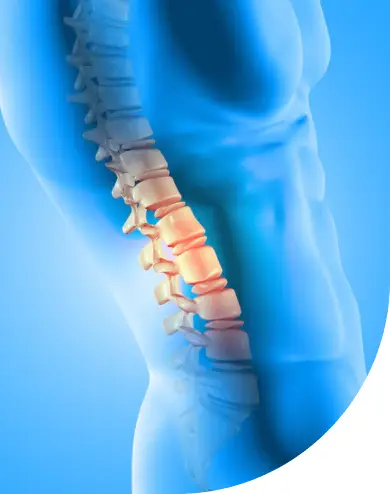Cervical fusion is a surgical procedure aimed at stabilizing the cervical spine by joining or fusing two or more vertebrae together. This procedure is typically recommended to address various conditions affecting the cervical spine, such as degenerative disc disease, spinal stenosis, herniated discs, or fractures. During anterior cervical fusion surgery in London, the surgeon removes the damaged disc or bone material causing instability or compression of the spinal cord or nerves. Then, the adjacent vertebrae are fused together using bone grafts, metal plates, screws, or cages to promote fusion and prevent movement between the vertebrae.

1. Persistent lower back pain unresponsive to conservative treatments.
2. Weakness or numbness in legs, difficulty walking, or loss of bladder control.
3. Diagnostic tests reveal spinal instability, degenerative disc disease, or spinal stenosis.
4. X-rays, MRI scans, or CT scans indicate the need for surgical intervention.
What Does a Cervical Fusion Procedure Treat?

- Conditions like degenerative disc disease, spinal instability, or spondylolisthesis.
- Herniated discs, fractures, spinal deformities (scoliosis, kyphosis).
- Failed back surgeries.
- Surgery aims to restore spinal stability, relieve symptoms, and improve quality of life.
